Pink Toe Tarantulas, scientifically known as Avicularia avicularia, are a captivating species for both novice and experienced arachnid enthusiasts. Their striking appearance, characterized by vibrant pink feet and a gentle demeanor, makes them a popular choice. However, like all exotic pets, these tarantulas require specific care to thrive. This comprehensive guide will provide you with all the essential information you need to ensure your Pink Toe Tarantula lives a long, healthy, and fulfilling life. From creating the perfect habitat to understanding their unique needs, this article is your ultimate resource for Pink Toe Tarantula care.
Understanding Pink Toe Tarantulas
Before diving into the specifics of care, it’s crucial to understand the Pink Toe Tarantula itself. This section covers their origins, natural habitat, and unique characteristics, providing a foundation for responsible pet ownership. Knowing their background helps you replicate their natural environment, leading to a happier and healthier tarantula.
Origin and Habitat
Pink Toe Tarantulas are native to the tropical rainforests of South America, primarily found in countries such as Brazil, Guyana, and Suriname. In their natural habitat, they are arboreal, meaning they live primarily in trees. They construct silken nests in the branches, providing shelter from predators and the elements. These spiders thrive in humid environments with consistent temperatures, which is a crucial aspect to consider when setting up their enclosure.
Appearance and Characteristics
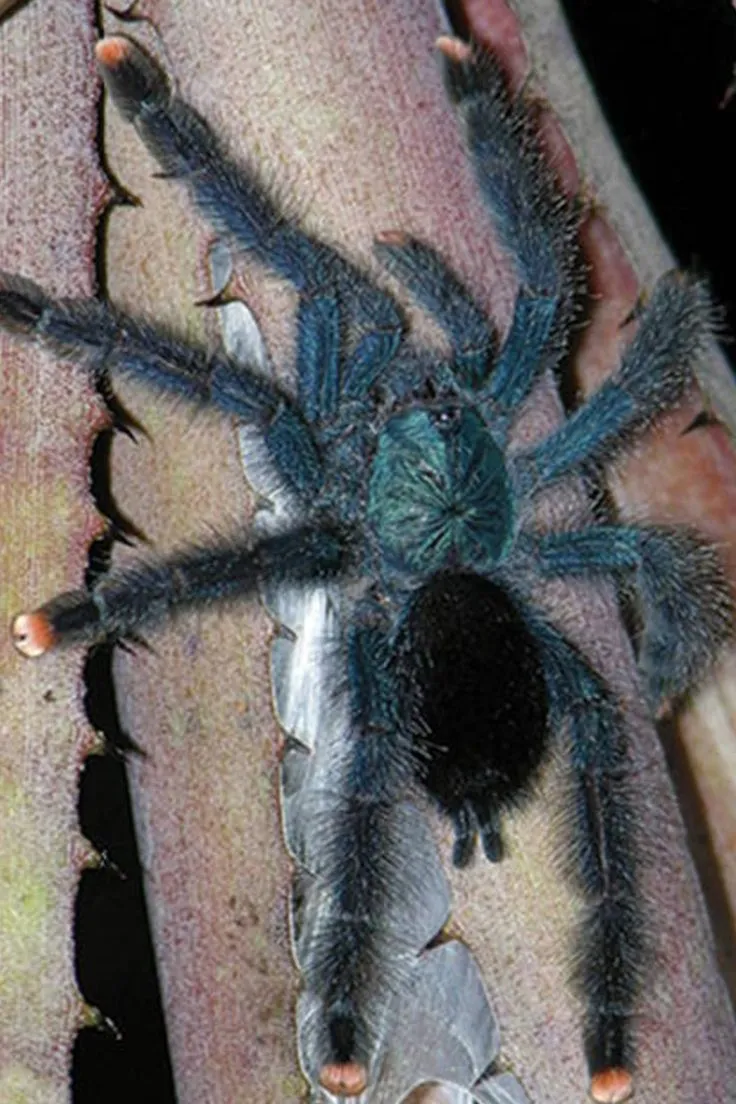
The Pink Toe Tarantula is easily recognizable due to its namesake pink or reddish-pink tarsi (feet). Their bodies are typically a dark brown or black color, and they have a relatively docile temperament compared to some other tarantula species. They are known for their beautiful appearance and can grow to a leg span of up to 5-6 inches. They are also relatively fast-moving spiders, adding to their appeal for many keepers.
Creating the Perfect Pink Toe Tarantula Habitat
Replicating the Pink Toe Tarantula’s natural environment is paramount to its well-being. This involves creating an enclosure that meets their specific needs in terms of size, substrate, decorations, temperature, and humidity. A well-designed habitat not only keeps your tarantula healthy but also allows you to observe its fascinating behaviors. Remember, the goal is to create a comfortable and enriching environment that mimics their natural surroundings.
Enclosure Size and Setup
For adult Pink Toe Tarantulas, a vertical enclosure is essential. A terrarium that is at least 12x12x18 inches is recommended, though larger is always better. The enclosure should be well-ventilated to prevent the buildup of stale air and mold. Secure the lid to prevent escapes. Avoid using glass or plastic that could be easily damaged. Ensure the enclosure has enough height to accommodate the tarantula’s arboreal nature. Consider using a front-opening enclosure to allow for easy access for feeding and maintenance.
Substrate Selection

The substrate should be about 2-3 inches deep to allow for humidity retention and the construction of a web. Good options include a mixture of coco fiber, peat moss, and sphagnum moss. These substrates retain moisture effectively and provide a naturalistic environment. Avoid using substrates that are too dry or that can mold easily. Ensure the substrate is clean and free of any harmful chemicals or pesticides. Regularly monitor the substrate for mold or excessive dryness, replacing as needed.
Essential Decorations
Pink Toe Tarantulas need decorations to feel secure and to mimic their natural habitat. Include cork bark, branches, and artificial or live plants. These provide climbing opportunities and places for the tarantula to build its web. Make sure the decorations are securely placed and will not fall on the tarantula. The enclosure should be sparsely decorated to provide an open area for the tarantula. Decorations should be cleaned regularly to prevent mold or the build-up of debris.
Temperature and Humidity Control
Maintaining the correct temperature and humidity levels is critical. The ideal temperature range is between 75-85°F (24-29°C). Use a heat source such as a low-wattage heat lamp or a heat mat on the side of the enclosure, but avoid placing the heat source directly under the enclosure. Humidity should be maintained at around 70-80%. Mist the enclosure with dechlorinated water 2-3 times a week, but avoid over-misting, which can lead to mold growth. Use a hygrometer to monitor humidity levels. Good ventilation helps prevent excess humidity build-up.
Feeding Your Pink Toe Tarantula
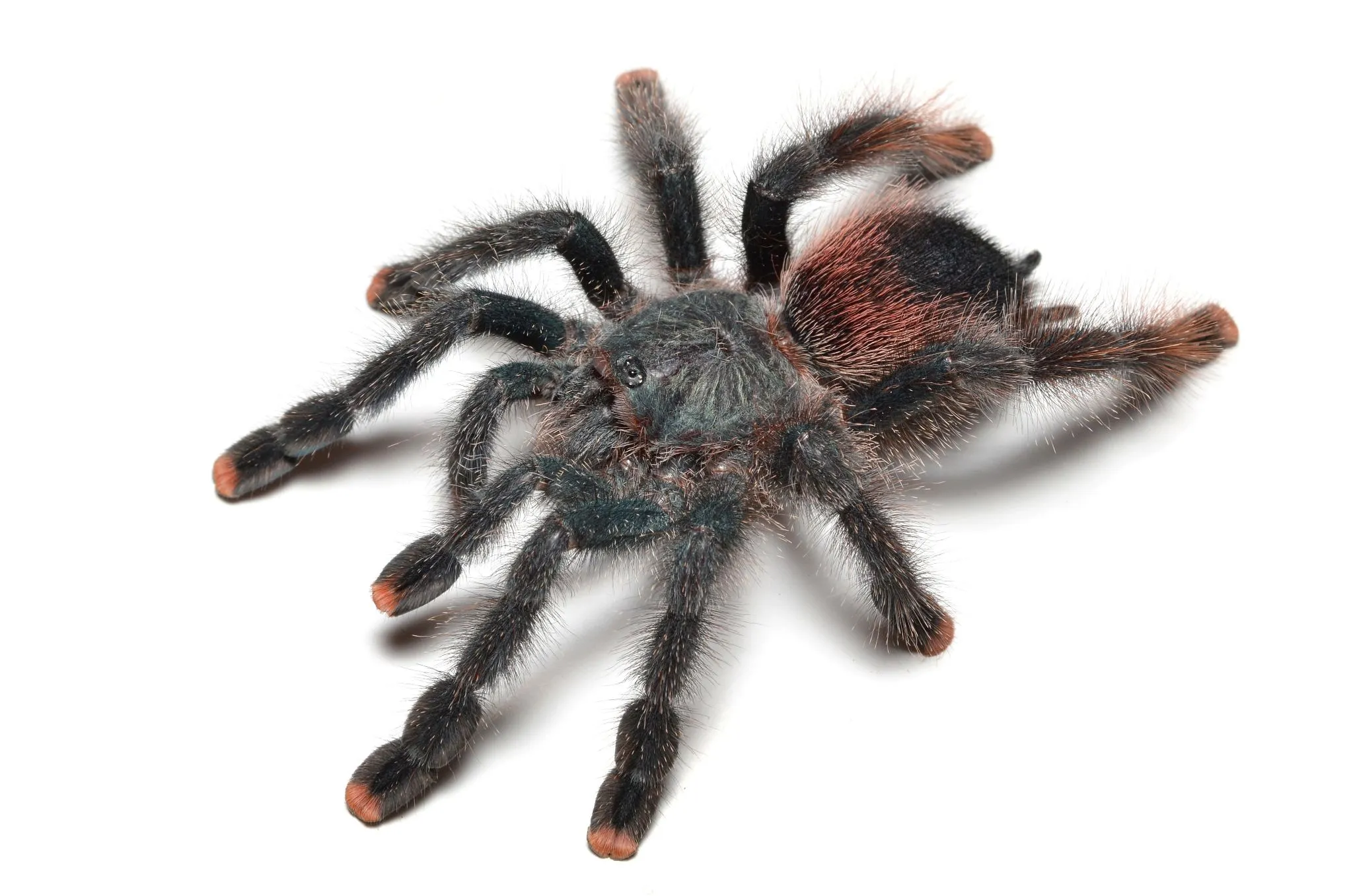
Proper nutrition is vital for the health and longevity of your Pink Toe Tarantula. This section covers the appropriate diet, feeding frequency, and how to ensure your tarantula gets the nutrients it needs to thrive. A well-fed tarantula is a happy and healthy tarantula, showing its best colors and behaviors.
Appropriate Diet and Frequency
Pink Toe Tarantulas are primarily insectivores. Suitable food items include crickets, roaches, mealworms, and other commercially available feeder insects. The size of the food should be appropriate for the size of your tarantula, generally no larger than the tarantula’s body. Juveniles can be fed 2-3 times a week, while adults typically only need feeding once a week, or even less. Remove any uneaten food within 24 hours to prevent the growth of mold and mites.
Water and Hydration
Clean, fresh water is essential for your Pink Toe Tarantula’s hydration. Provide a shallow water dish, and make sure the water is always available. Use a dish that is shallow enough to prevent drowning. Change the water at least twice a week, and more often if necessary. You can also mist the enclosure to provide drinking water, especially for smaller tarantulas. Always use dechlorinated water to avoid exposing your tarantula to harmful chemicals.
Handling and Safety Precautions
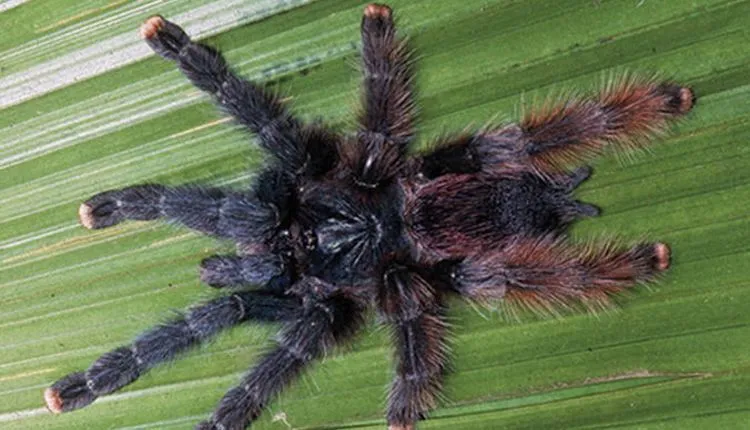
While Pink Toe Tarantulas are known for their relatively docile temperament, it is still important to handle them with caution. This section covers the best practices for handling and the potential risks involved. Always prioritize your safety and the well-being of your tarantula.
Understanding Temperament
Pink Toe Tarantulas are generally considered to be a good beginner species due to their relatively docile temperament. However, they can still be skittish and may flick urticating hairs as a defense mechanism, which can cause irritation. They can also bite if they feel threatened, although their venom is not considered medically significant to humans. Always handle your tarantula with respect and awareness of its potential defensive behaviors.
Safe Handling Techniques
Handle your Pink Toe Tarantula only when necessary, such as for enclosure maintenance or health checks. When handling, do so close to the ground to prevent a fall. Use a soft brush to gently encourage the tarantula onto your hand. Avoid sudden movements and loud noises, which can startle the tarantula. If the tarantula becomes agitated, gently place it back into its enclosure. Always wash your hands thoroughly before and after handling to prevent the spread of any potential contaminants.
Common Health Issues and Solutions
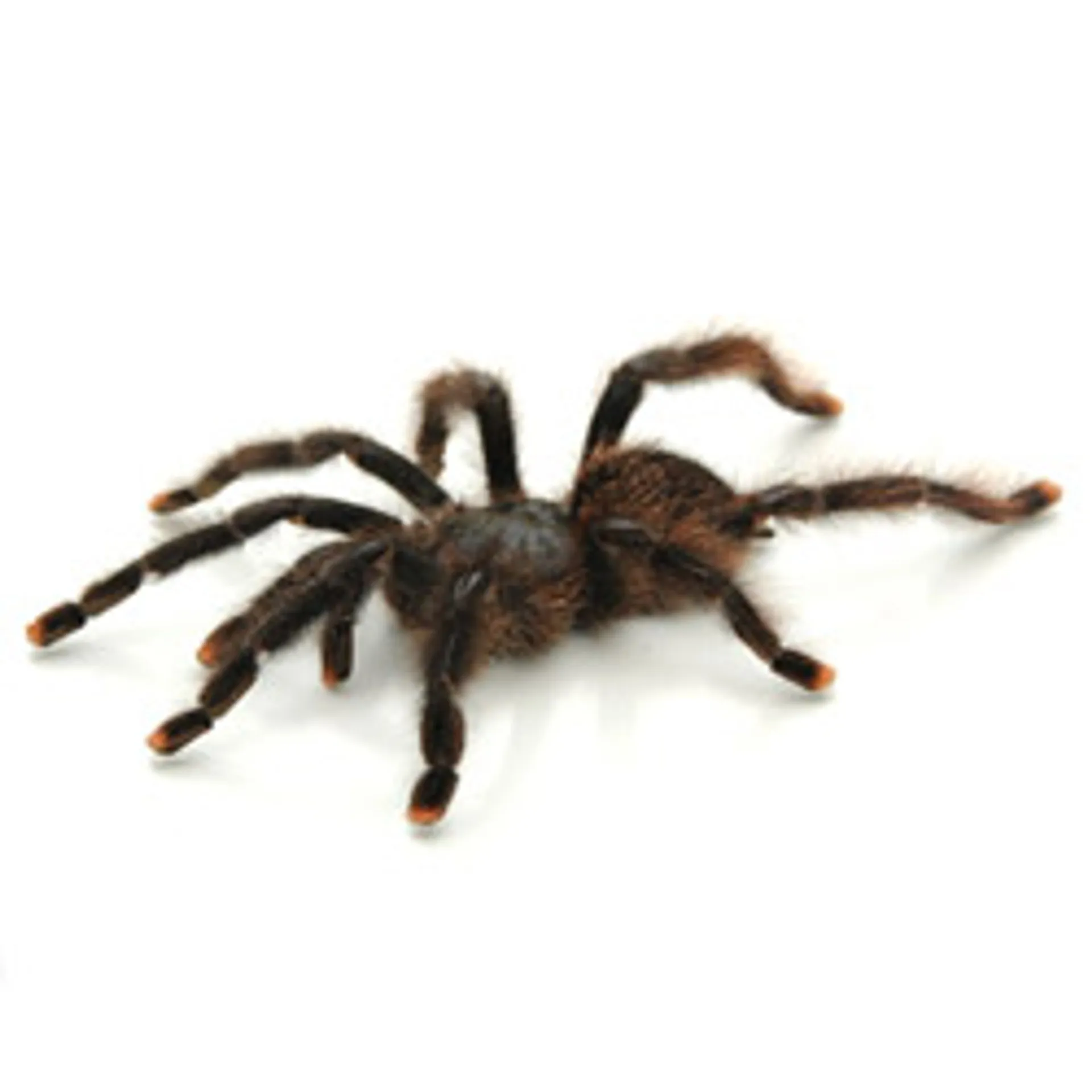
Like all animals, Pink Toe Tarantulas are susceptible to certain health issues. This section covers common problems and how to identify and treat them. Early detection and prompt treatment are key to ensuring your tarantula’s health and longevity.
Shedding and Molting
Shedding, or molting, is a natural process for tarantulas as they grow. During molting, the tarantula sheds its exoskeleton. Before molting, your tarantula may stop eating, become lethargic, and its abdomen may appear darker. Provide a humid environment during molting. Do not disturb the tarantula during this vulnerable time. After molting, wait a few days before offering food, allowing the tarantula’s new fangs to harden.
Identifying and Treating Illnesses
Watch for signs of illness, such as lethargy, loss of appetite, unusual behavior, or discoloration. Common issues include mites, fungal infections, and injuries. Mites can be treated with mite control products. Fungal infections can be prevented by maintaining a clean and dry environment. Injuries should be addressed by a veterinarian or experienced tarantula keeper. Consult with a veterinarian or a reputable source for proper diagnosis and treatment if you suspect your tarantula is ill.
Breeding and Reproduction
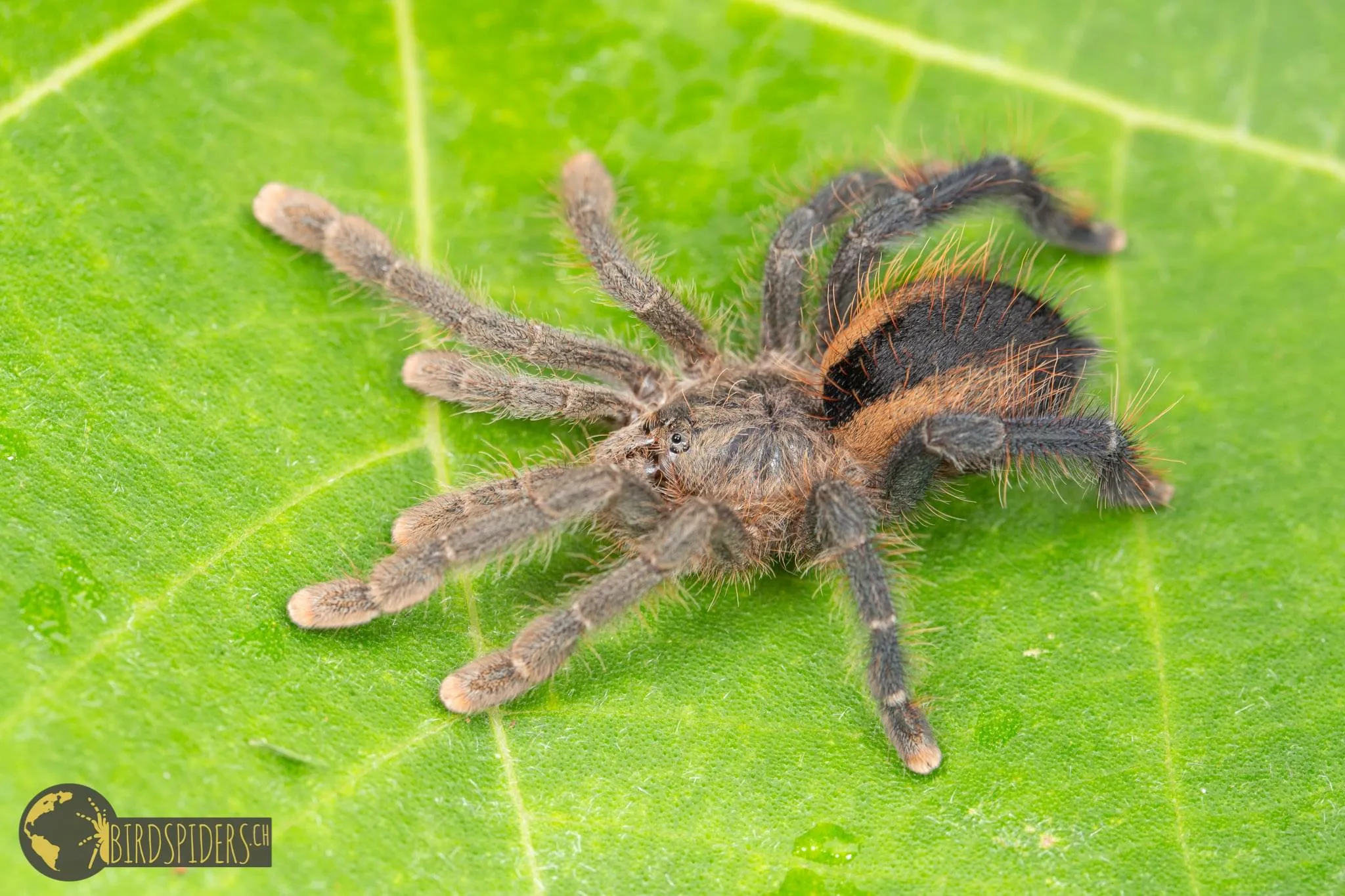
Breeding Pink Toe Tarantulas can be a rewarding experience. This section provides an overview of the process, including sexing your tarantula and the steps involved in mating and egg sac production. Breeding tarantulas requires dedication and a thorough understanding of their specific needs.
Sexing Your Tarantula
Sexing a Pink Toe Tarantula is crucial for breeding. The most common method is to examine the underside of the tarantula for the presence of spermathecae in females. This can be done by examining the molt under magnification. Males have a small hook on their front legs used for mating, and pedipalps that are modified into boxing gloves. Examining the molt is usually the most reliable method for determining the sex of the tarantula.
Mating and Egg Sacs
To breed Pink Toe Tarantulas, you must introduce a mature male to a mature female. Introduce the male into the female’s enclosure and observe their behavior. If the female is receptive, they will mate. The female will then produce an egg sac, which she will protect and care for. Remove the male after mating to prevent him from being eaten. Incubation time for the egg sac can vary, and the young spiderlings will require specialized care.
Caring for a Pink Toe Tarantula can be a rewarding experience. By providing a suitable habitat, proper nutrition, and understanding their needs, you can ensure that your tarantula thrives. Always prioritize your tarantula’s well-being and be prepared to provide the care and attention it requires. Enjoy the unique experience of keeping these fascinating creatures.
